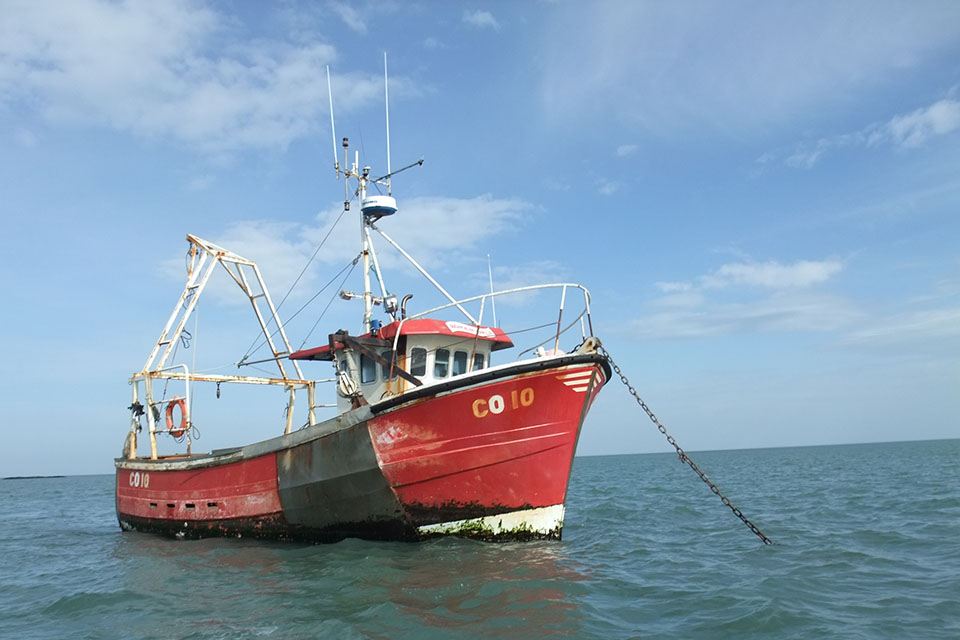Many marine accidents can be categorised as grounding and strandings, collisions, and allisions (running the ship up against a stationary ship). But whatever the circumstances, there is a checklist of items that will form part of the investigation.
The accident investigator will want to know what recording technology was in use and therefore what digital data is available. This could include automatic identification (AIS), electronic chart displays, voyage data recorders (VDR), GPS, vessel traffic services data and so on. Skilled investigators will be able to analyse, compare and cross-match data from different systems to give an accurate portrayal of what has happened and why.
Using the checklist below, marine investigators will be able to reconstruct the accident, integrating the events with the data from the vessel’s instruments and from audio tracks. This verisimilitude will allow a highly accurate assessment of the accident’s causes, which is vital for putting in place remediation to prevent a similar accident happening in future.
The Accident Investigator’s Ten-Point Checklist
1. AIS and VDR data electronically plotted
Raw AIS data must be made available for conversion and plotting for the marine accident investigation. It’s possible to select a number of different vessels that are tracked. Both AIS and the VDR recorder data can be displayed together on electronic charts. More than one ship can be drawn to scale and plotted using the vessels’ AIS tracks.
2. Navigational chart overlays used
As part of the investigation, AIS data will be overlayed on to navigational charts for analysis.
3. Other media sources imported
The investigator will use Google Earth, tide maps, photographs and other media sources.
4. Depth, Wind Speed and Other Data Displayed at the Same Time
NMEA data such as engine and rudder orders and responses will be displayed along with bar charts and other displays.
5. VHF and audio recordings will be made available for replay
6. Radar recordings will be tracked against the ship’s position so that vessels without AIS can be shown at their accurate positions on the chart.
7. Video will be identified and collated
CCTV, mobile phone footage and video from other sources will be collected and logged.
8. Accident intelligence – graphs and trends – produced
Multiple variables such as engine speed, depth and speed can be plotted against a time axis to produce a trend infographic and identify sudden changes in any variable
9. Position history gathered and plotted to show changes in position at the relevant time.
10. All data sources synthesised.
An expert accident investigator will work methodically through this checklist, assembling the clearest summary possible. The resulting scenario and report will be a formidable tool both for the courts and for clients.
























